Here are the latest market charts and analysis for today. Check them out and know what’s happening in the market today.
EURRUB
The pair is trading in the red in recent sessions, with the Russian ruble gaining strength after previously declining against the euro. It now aims to hit levels below the 50-day moving average. For central bank news, the Central Bank of the Russian Federation (CBR) slashed its interest rate to 6% on Friday and stated that it may shift to a loose monetary policy stance later in the year as inflation has slowed down faster than they have expected. Also, it downplayed the recent spike in market volatility because of the coronavirus scare. The rate cut is the sixth consecutive cut in a row. According to Governor Elvira Nabiullina, another rate cut in the next meeting is highly probable but “it’s not guaranteed.” The next meeting will be held on March 20. According to the statement, the coronavirus will be an “additional uncertainty factor” over the coming quarters and threatens the global economy.
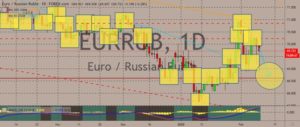
EURPLN
The pair is heading toward the lower end of the daily chart, trading in the red just above the 50-day moving average. Polish central bank head Adam Glapinski recently reiterated that the bank’s main interest rate will most likely stay at a record low of 1.5% until the end of the current rate-setting panel’s term, which is in2022. December’s headline Polish inflation of 3.4% was the highest since 2012, providing some firepower to the hawkish Monetary Policy Council members in January. However, economists said that it was unlikely to be enough to convince a majority of the MPC that a rate hike was needed. Glapinski also downplayed the importance of the recent upswing in inflation, pointing fingers to external factors for its acceleration and arguing that the Polish MPC has no capability to influence them. The central bank expects inflation to rise above the higher end of its target range in the first half of 2020.
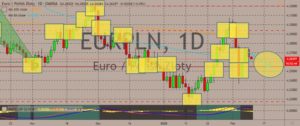
EURSEK
The price is nearing the 50-day moving average, which means it could possibly hit a reversal soon, with the price going back to its previous highs near the 200-day moving average. In the previous week, the Swedish krona advanced because of some solid economic data. Household consumption figures rose 0.5% in December on a month-on-month basis. That’s a 0.1% increase from the figures in November. Solid consumer spending is a positive sign for the Riksbank ahead of its monetary policy announcement on 12th February. Sweden’s central bank is largely expected to keep benchmark interest rates at 0%. Meanwhile, analysts do not expect the bank to change its stance for the foreseeable future. Such an expectation comes after the Riksbank surprised the market in December when it lifted the benchmark rate to 0% from negative interest rates. The bank has been vocal about its concerns over the side effects of negative extended negative rate.
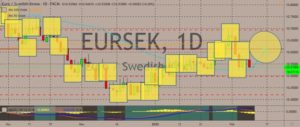
EURCZK
The pair has been trading within tight ranges below its two moving averages in recent sessions. The euro is near historic lows against Czech krone, and it appears that it still difficulties recovering. Last week, the Czech National Bank delivered a surprise interest rate hike, which was a last move in a series of tightening since 2017 to rein in the domestic prices pressures persisting in the slowing economy. The CNB was among the few that had kept a live debate on interest rate hikes, while Europe and eurozone countries held or loosened their monetary policy stance. Governor Jiri Rusnok told a news conference that the debate was close like before and probably marked the end of the tightening series. The increase in the rate came after inflation hit 3.2% in December, which is its second month above the 3% upper boundary of the central bank’s tolerance band around its 2% target. Updated forecasts had inflation going higher this year than the previous outlook.
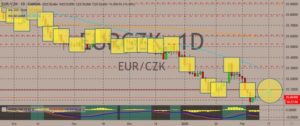



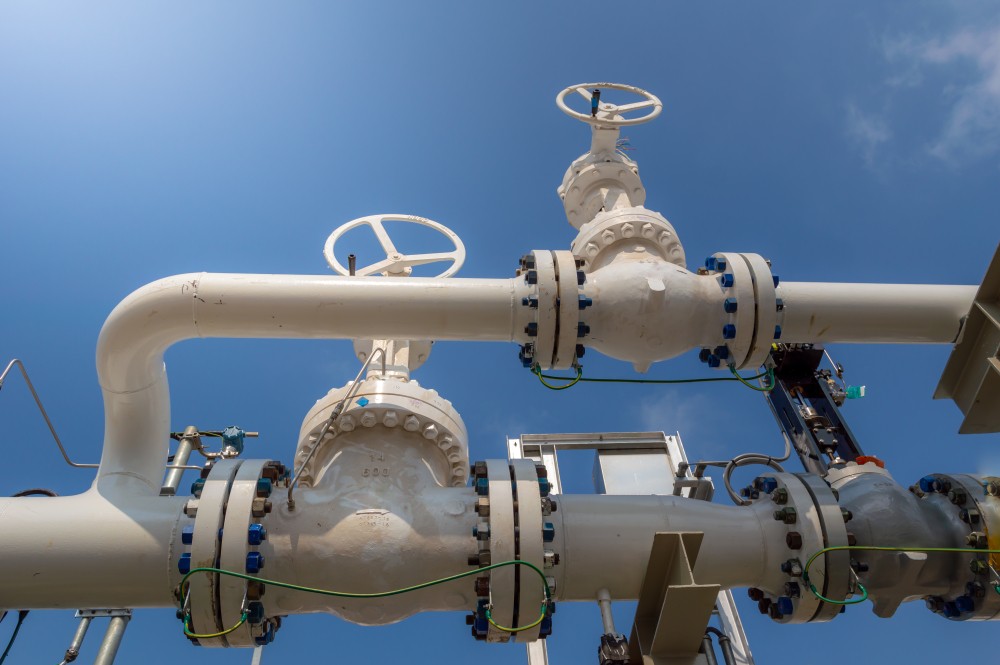





COMMENTS